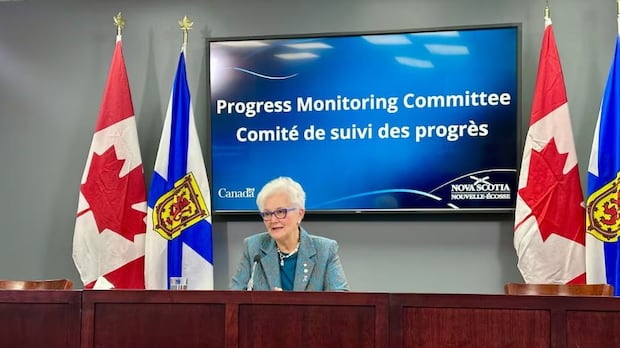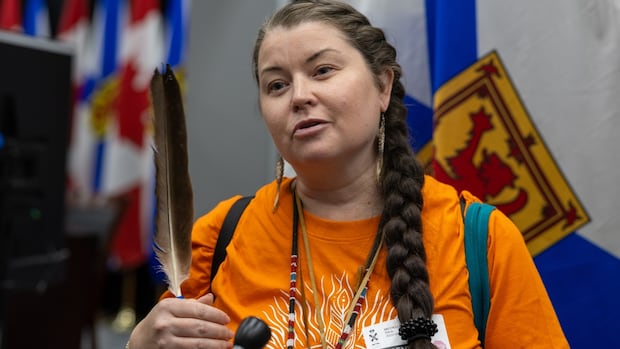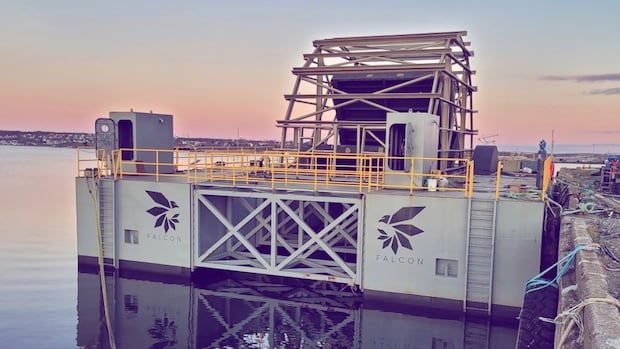Clearwater Seafoods loses redfish quota as other Indigenous harvesters gain

Indigenous-owned Clearwater Seafoods is on the losing side of the redfish quota cut handed to the Atlantic Canadian offshore fleet by the federal government last week.
The Department of Fisheries and Oceans reduced the share of Gulf of St. Lawrence redfish quota held by Clearwater and other offshore licence holders by 20 per cent, in part to encourage Indigenous participation in the fishery.
Commercial harvesting will restart this year, marking an epic comeback from a collapse 30 years ago to a population now estimated at 2.2-million metric tonnes.
Offshore companies spent tens of millions of dollars gearing up for the return only to lose a big piece of their quota on the eve of reopening.
Clearwater confirms quota cut
“I can confirm that the Clearwater/FNC quota was reduced in proportion with the other offshore groundfish licence holders,” Clearwater vice-president Christine Penney said.
A consortium of seven Mi’kmaw communities — through FNC Holdings — owns 50 per cent of the company and holds all its Canadian fishing licences, part of a historic half-billion dollar purchase of Clearwater in 2021.
That included 14.6 per cent of the offshore redfish quota.
Penney referred questions to the Atlantic Groundfish Council on the issue “as we fully support their position.”
Atlantic Groundfish Council president Sylvie Lapointe acknowledged the impact on Clearwater but says rules around the restart are missing.
“Clearwater is owned by First Nations and so a cut to the offshore in this sense is a cut to those Indigenous participants in our fishery,” Lapointe said.
“We had always said to the government over several years that we were working to support their reconciliation agenda and we would be reaching out to other First Nations and trying to advance their objectives.”
Lapointe said there are many unknowns and “it’s very unclear what the impact to various First Nation groups will be.”

Where the quota went
The groundfish council represents companies with vessels larger than 100 feet.
It had lobbied to maintain the redfish share held by offshore companies — 74 per cent of the quota — before the Gulf fishery was closed in the 1990s.
DFO Minister Diane Lebouthillier reduced the offshore allocation, mostly held by Nova Scotia companies, in announcing the resumption of the commercial fishery.
She gave the Gulf shrimp fleet 10 per cent of the quota and 10 per cent to Indigenous participants who have not been identified.
Meeting today
Federal officials will hold a virtual meeting Friday with participants from Quebec and Atlantic Canada to discuss the total allowable catch when the fishery opens, likely in May.
Lebouthillier has only said the minimum allowable catch will be 25,000 tonnes. DFO scientists have said the quota could range from 88,000 to 310,000 tonnes.
The department has yet to set bycatch limits, compliance monitoring or how the Indigenous pool will be shared.
DFO spokesperson Axel Rioux confirmed in a statement that the cut will be proportionately applied to all offshore licence holders, including FNC.




